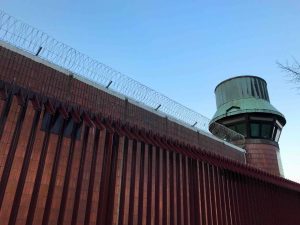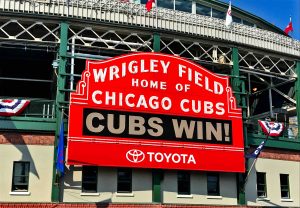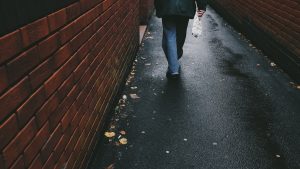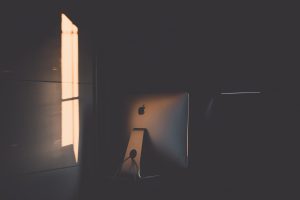 Although crime has been on the decline in Chicago as of late, carjacking is still a common occurrence throughout the city. Due to the nature of a city/urban environment, many people live in close quarters who are using vehicles for their commute, leading to the prevalence of this particular crime. Car jacking crimes can take on many different forms. For example, carjacking is nearly always more of a serious offense than car theft due to the vehicle being taken by force or intimidation, or sometimes both. Certain actions leading up to the illegal obtainment of the vehicle may qualify as an aggravating factor to your offense.
Although crime has been on the decline in Chicago as of late, carjacking is still a common occurrence throughout the city. Due to the nature of a city/urban environment, many people live in close quarters who are using vehicles for their commute, leading to the prevalence of this particular crime. Car jacking crimes can take on many different forms. For example, carjacking is nearly always more of a serious offense than car theft due to the vehicle being taken by force or intimidation, or sometimes both. Certain actions leading up to the illegal obtainment of the vehicle may qualify as an aggravating factor to your offense.
Under Illinois law, an aggravated carjacking is sentenced as a class X felony, which is a mandatory six to 30 years in prison, while a plain carjacking offense is a class 1 with a four-to-15-year minimum sentence.
Armed and Dangerous
 Chicago Criminal Lawyer Blog
Chicago Criminal Lawyer Blog










